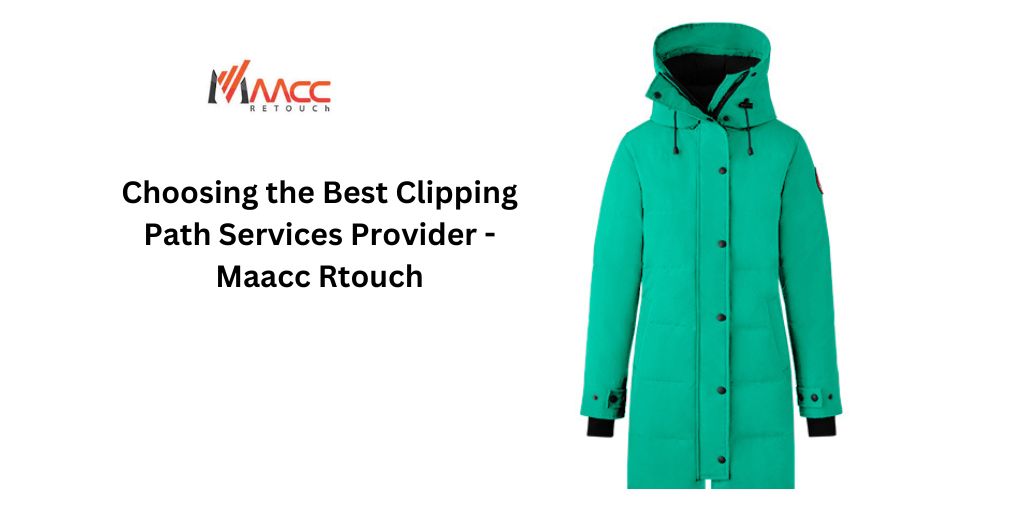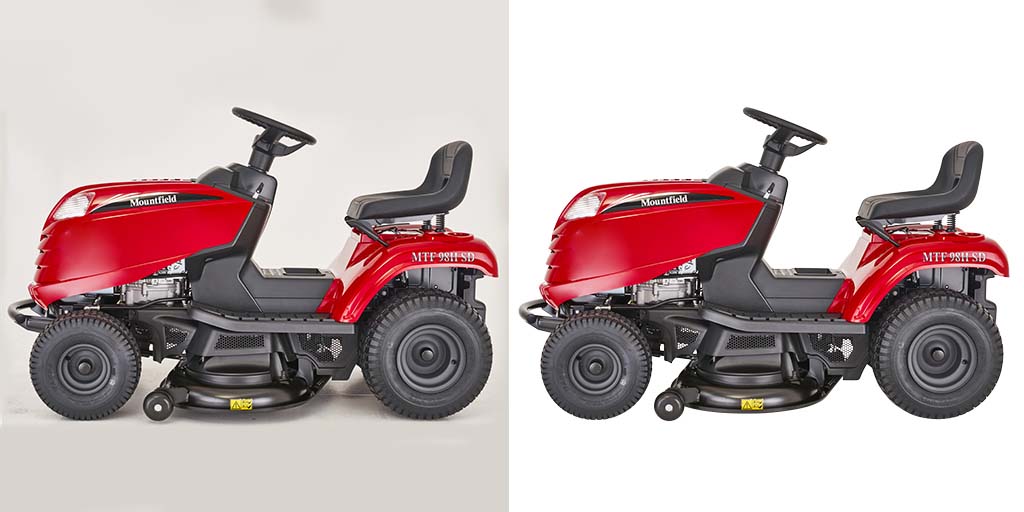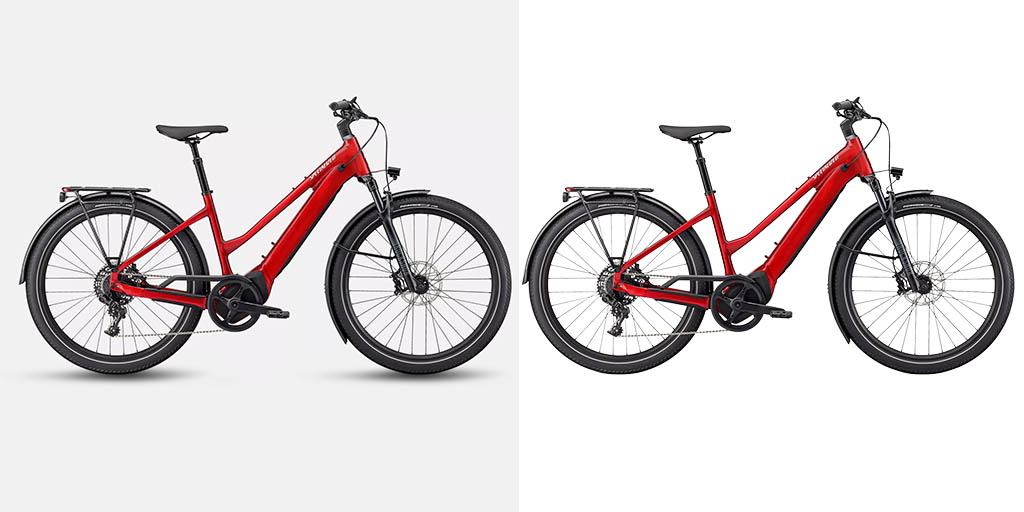When it comes to selling on Amazon, high-quality product images are essential for attracting customers and driving sales. In this guide, we’ll cover the key requirements set by Amazon for product images. From image size and format to background and product representation, understanding and meeting these requirements will ensure your listings stand out and resonate with customers. Let’s explore Amazon’s image guidelines and optimize your product visuals for success.
Maacc Retouch is the premier image post-processing service provider for Amazon sellers. In this guide, we will explore the essential image requirements set by Amazon and how Maacc Retouch can help you optimize your product images to meet these standards. With our expertise in image editing, we’ll ensure that your product photos stand out and attract customers on the Amazon marketplace. Let’s get started!
Guide to Amazon Image Requiments
In the realm of Amazon product photography, it’s crucial to know about specific Amazon image guidelines. Let’s explore the guidelines below
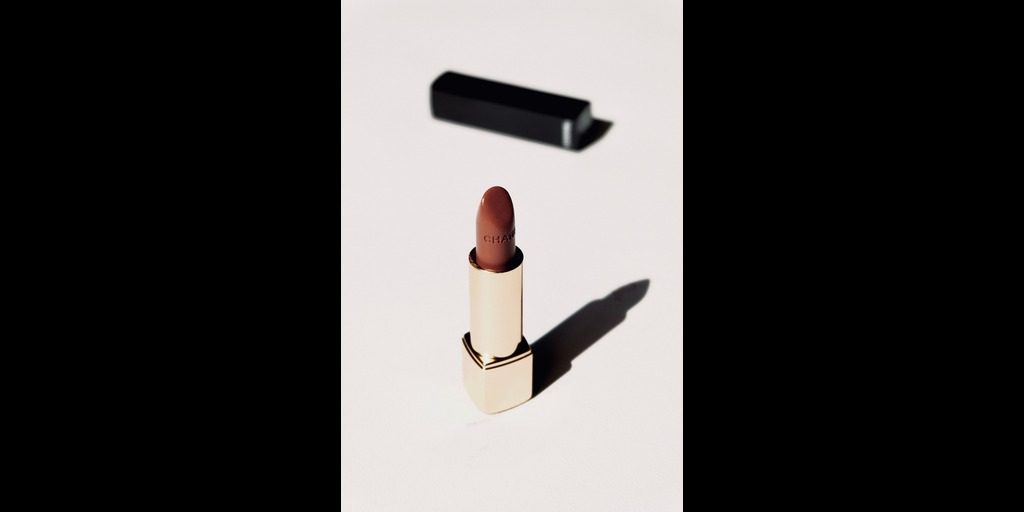
1. Follow The Technical Amazon Image Requirements
To optimize your Amazon product images, it is crucial to adhere to Amazon’s technical image requirements. These include meeting size (at least 1000×1600 pixels), frame (filling at least 85% of the image frame), background colour (white), file format (JPEG, PNG, TIFF, or GIF), colour mode (sRGB or CMYK), and proper file naming conventions.
2. Assign Image Priority On The Product Page
Assigning image priority is vital to engage potential customers. The main product image should present an overall view, while additional images can showcase different angles, close-ups, and features. Use all available slots (up to 8) to provide a comprehensive visual experience, allowing customers to inspect the product.
3. Adhere To Amazon’s Standards For High-Quality Images
Ensure your product images meet Amazon’s high-quality standards. Keep images simple and authentic, reflecting the actual look of the product. Avoid excessive editing that could undermine trust. Consider outsourcing professional photo editing services if necessary.
4. Remember to Offer Level Images
For used or refurbished products, include “level” images to clearly indicate their condition. This helps customers understand the offer and prevents confusion.
5. Use A Variety of Product Photos
Capture product images from various angles that customers would find interesting and informative. Different views, lifestyle shots, and close-ups enable customers to better visualize the product’s details, leading to increased sales.
6. Mind the Entire Frame
Ensure the entire product is visible in the image, avoiding partial views or cropping. A complete image of the product enhances customer understanding and increases the likelihood of making a purchase.
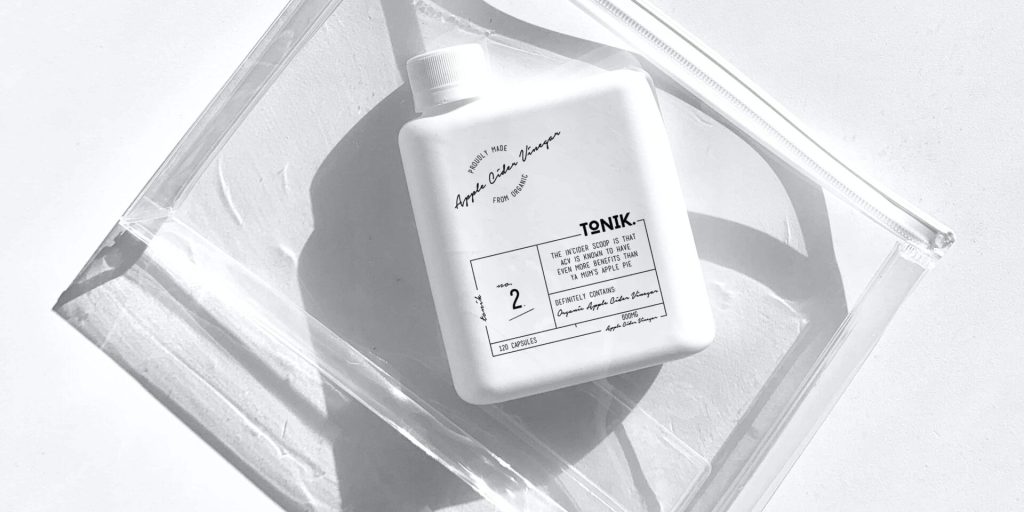
7. Provide Important Information
Include relevant information in your product images, such as highlighting special features, benefits, or usage instructions. This information can influence customers’ purchasing decisions and build trust in your products.
By implementing these optimization tips, you can improve the quality and effectiveness of your Amazon product images, attracting more customers and generating higher revenue for your business.
Observe the technical Amazon Photo Requirements
In the highly competitive world of e-commerce, the visual appeal of your products can make all the difference. Amazon, being one of the world’s largest online marketplaces, understands the significance of captivating product images. To maintain a high standard of quality and consistency across its platform, Amazon has established precise image specifications that sellers must adhere to when creating product listings. In this guide, we will delve into the technical aspects of Amazon’s image requirements, ensuring that your product images not only meet the standards but also stand out, attracting potential customers and boosting your sales.
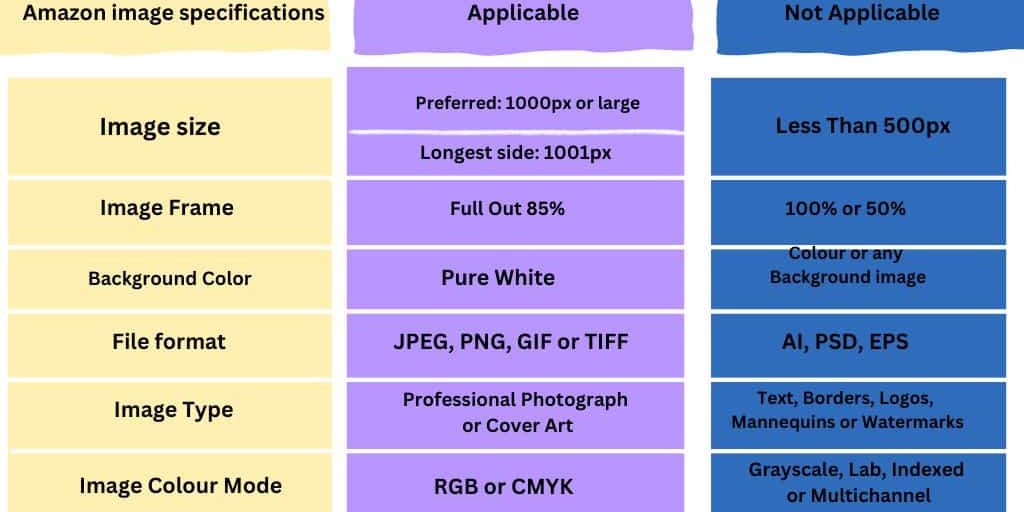
Amazon has specific image requirements for product listings on its platform to ensure a consistent and high-quality shopping experience for customers. These requirements are subject to change, so it’s essential to check Amazon’s official Seller Central or Vendor Central resources for the most up-to-date guidelines. Here are some general guidelines that were in place:
1. Image Size
- Images should be at least 1,000 pixels in either height or width.
- For zoomable images, they should be at least 1,600 pixels on the longest side.
- Do not make images larger than 10,000 pixels on the longest side.
2. Image Frame
- The product should fill 85% or more of the frame, ensuring that it’s the primary focus.
3. Background Color
- All product photos should have a pure white background (#FFFFFF).
4. File Format
- You can upload images in JPEG, PNG, GIF, or TIFF formats.
- Amazon prefers JPEG.
5. Color Mode
- Both sRGB and CMYK colour modes are accepted.
6. File Names
- File names should include the product identifier (ASIN, JAN, EAN, 13-digit ISBN, or UPC), followed by a period and the appropriate file extension (e.g., .jpg).
- Avoid using dashes, spaces, or special characters in file names.
7. Provide Important Information
- Images should not include text, borders, logos, mannequins, inset images, excluded accessories, or watermarks.
- For mannequin images, consider editing them out or using ghost mannequin image-editing services to comply with Amazon’s guidelines.
These requirements are crucial for creating product images that meet Amazon’s standards and provide a consistent and high-quality shopping experience for customers. Always refer to Amazon’s official guidelines and resources for the most up-to-date information and any category-specific requirements.
Other Amazon Product image Essentials to Note
File Names
- File names must include the product identifier, which can be your Amazon ASIN, JAN, EAN, 13-digit ISBN, or UPC.
- After the product identifier, include a period (.) and then the appropriate file extension (e.g., .jpg, .tif).
- Do not use dashes, spaces, or other special characters in the file name.
Design Restrictions
Images should not contain any of the following elements:
- Text
- Borders
- Logos
- Mannequins
- Inset images
- Excluded accessories
- Watermarks
Mannequins:
- If your product images include mannequins, you should consider editing them out to comply with Amazon’s guidelines.
- Alternatively, you can employ ghost mannequin image-editing services to achieve this.
These guidelines are essential to ensure that your product images meet Amazon’s standards and provide a consistent and professional appearance on the platform. It’s crucial to adhere to these requirements to enhance the visibility and appeal of your products to potential customers on Amazon.
Best Practices for Your Amazon Product Image
When it comes to selling on Amazon, optimizing your product images is crucial for attracting customers and generating more revenue. Ensuring that your images meet Amazon’s technical requirements is just the beginning. To stand out from the competition, it’s essential to implement best practices for your Amazon product images.
By focusing on aspects like your main image, utilizing all available space, including unique lifestyle images, adding informative text, emphasizing product features, incorporating 3D-rendered images, showcasing before and after photos, and providing instructional visuals, you can enhance the overall appeal and effectiveness of your product images.
1. Focus On Your Main Image

Give extra attention to your main product image as it’s the first impression customers have of your product. Ensure it is clear, well-lit, and accurately represents the product.
2. Use All the Available Image Spaces
Fill the image frame with your product to provide a detailed view. Avoid excessive whitespace in the image to maximize the visual impact and give customers a clear understanding of the product.
3. Create Unique Lifestyle Images
Include lifestyle images that showcase your product in real-world scenarios. This helps customers visualize how the product can be used and adds a sense of authenticity and relatability to your listing.
4. Add Text To Your Images
Incorporate text overlays in your images to highlight key selling points, features, or promotions. Opt for a clear and concise text that complements the visual elements and grabs customers’ attention.
5. Zoom In On Product Features
Capture close-up shots that highlight specific product features or details. Zooming in allows customers to examine the quality and craftsmanship, reinforcing the value proposition of your product.
6. Wow Customers with 3D-Rendered Images
Consider using 3D-rendered images to provide a dynamic and interactive viewing experience. These images allow customers to rotate, zoom, and explore the product from different angles, enhancing their engagement.
7. Include Before And After Photos
For products that offer transformative results, consider including before and after photos from real customers. This builds trust, showcases the product’s effectiveness, and provides social proof to potential buyers.

8. Inform Through Instructional Photos
If your product requires assembly or has specific instructions, include images that demonstrate the step-by-step process. Clear instructions eliminate any confusion, making it easier for customers to use and assemble the product.
By implementing these best practices for your Amazon product images, you can enhance the visual appeal, showcase your product’s features effectively, and ultimately generate more revenue for your business.
Amazon has specific image requirements that sellers must adhere to
These requirements ensure that product images are of high quality and provide an optimal shopping experience for customers:
1. Use multiple product shots:
Include multiple images that showcase different angles, close-ups, and perspectives of your product. This allows customers to have a comprehensive view and understanding of what they are purchasing.
2. Organize photos appropriately
Arrange your product images in a logical and visually appealing order. Ensure that the main image accurately represents the product and catches the viewer’s attention.
3. Mind any Amazon image guidelines specific to your industry
Different industries may have specific image guidelines that you need to follow. For example, apparel products may require a specific pose or background.
4. Provide vital information
Incorporate essential product information directly into your images. This can include features, dimensions, usage examples, or strong brand messaging. Visual cues can make a significant impact on customer decision-making.
5. Edit your photos
Enhance your product images through photo editing software to improve their visual appeal. This can include adjusting brightness, contrast, and colours, and removing any imperfections. However, make sure the edited images maintain accurate representations of the product.
6. Test product photos to find what resonates
Experiment with different product images and monitor their performance. Use analytics and customer feedback to determine which images are driving the most engagement and conversions. Make adjustments accordingly to optimise your product images continually.

By following these technical details and best practices, you can optimize your Amazon product images to attract customers, improve conversion rates, and boost revenue.
An image conveys a multitude of meanings
The age-old saying holds true in the world of e-commerce: “A picture is worth a thousand words.” While factors like brand names, product titles, and descriptions play a role in attracting customers, the importance of optimized product images cannot be overstated.
In the digital realm, where shoppers can’t physically interact with products, images become the bridge between curiosity and confidence. They help potential buyers visualize themselves using the product and make informed decisions. So, never underestimate the power of well-optimized product images. They have the ability to capture attention, convey value, and ultimately drive conversions.
Remember that every element in your product images, from composition to lighting, should serve the purpose of helping customers envision the product’s real-life utility. By doing so, you not only enhance your chances of attracting views but also increase the likelihood of turning those views into satisfied customers. In the dynamic world of online retail, a compelling image can be the catalyst for a thousand positive interactions.



